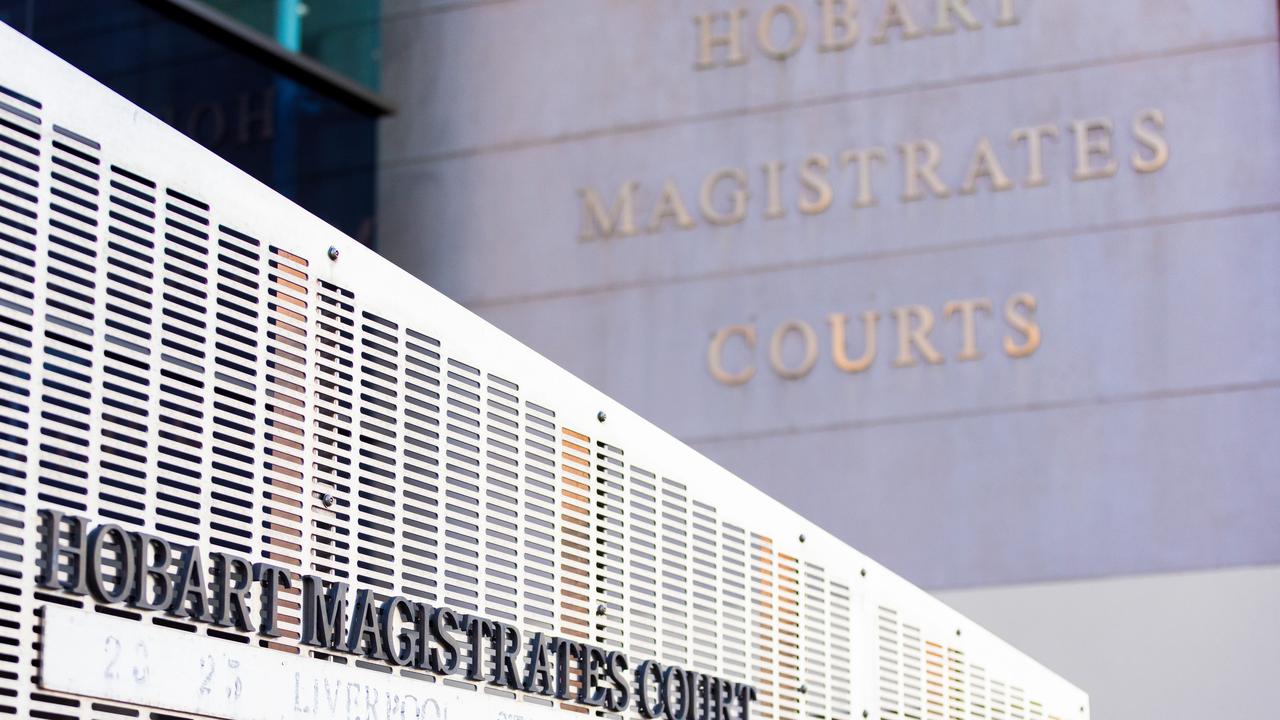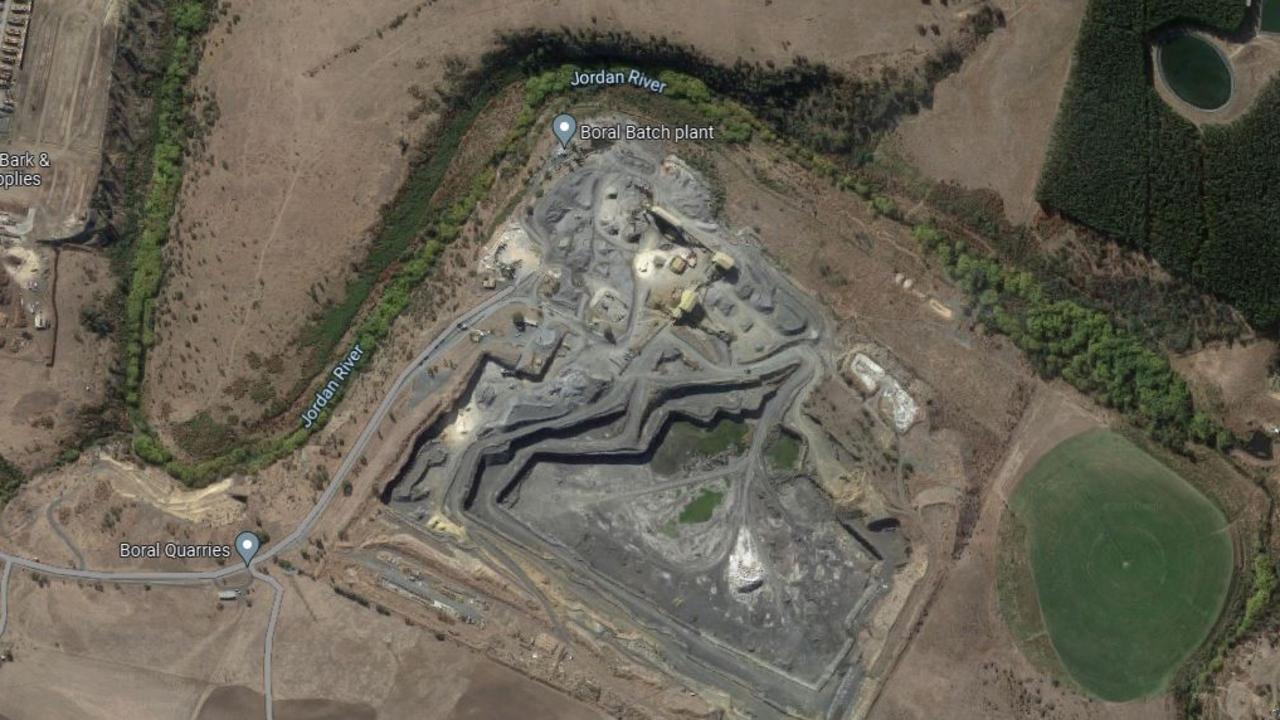Boral Constructions pleaded guilty to interfering with Aboriginal relics at Bridgewater site
After a four-year wait, a case against construction company Boral of interfering with Aboriginal relics at one of its Tasmanian sites has progressed in court. What’s next.

After sitting in the Hobart Magistrates Court system for more than four years, construction company Boral Construction Materials has appeared for a hearing for 23 charges of interfering with Aboriginal relics.
Court documents filed in 2021 by the then Department of Primary Industries, Parks, Water and Environment alleging Boral interfered with a “scatter of stone tool artefacts” during March 2018 at 1 Parkholme Drive, Bridgewater without holding a permit to do so.

Since this time, Boral has fought against the charges, in 2022 trying to overturn all 23 charges through a legal technicality and in July 2023 maintaining its not guilty plea to all charges.
At a hearing date before Magistrate Chris Webster on Wednesday, crown prosecutor Emily Bill said 21 of the counts of interfering with a relic would be dropped, with the prosecution tendering no evidence.
Counts 1 and 23 would remain, which Boral’s defence lawyer Chris Gunson SC said the company would plead guilty to after stating a “position had been reached that seemed fair”.
Boral Executives appeared in court for the hearing, including the National Aboriginal Affairs Manager Vince Scarcella and General Counsel and Company Secretary Jean-Paul Wallace.
Ms Bill said the two charges of interference related to the 2018 excavation of the top layer of soil at the Bridgewater site to test for the presence of sand.
Boral Construction Materials, a subsidiary of Boral, currently owns a mining lease for the site that was once proposed for the Brighton Bypass in 2011.

After excavation, Boral employees unearthed the relics, which include a mudstone notched scraper, a banded hornfels scraper and a mudstone blade.
Ms Bill said the excavation area and most of the Boral site had been “identified by multiple consultants as highly significant and is preserved on the Aboriginal Heritage Register”.
The Aboriginal Heritage Council also provided a statement on the gravity of the interference, which was presented to Magistrate Webster.
“Expert Aboriginal assessment was not undertaken of the sand mining site until 2019 and it was undertaken after Aboriginal Heritage Tasmania had already notified Boral of the presence of relics at their site,” she said.
“The defendant used an old Aboriginal Heritage report from 2009, which showed areas of significance in the area surrounding the site, but not specifically of the site owned by Boral.

“This report indicated several ‘highly significant’ sites around the Parkholme Drive property, but not any areas of significance in those boundaries.”
However, Mr Gunson disputed that the relics were ‘highly significant’ and said Boral proceeding with excavation testing of the site based on the 2009 report in “administrative error”.
“The case is largely an administrative error in the sense that Boral received a copy of the 2009 report that did not record in the report the presence of scatter which it is now charged with interfering with,” he said.
“Prosecution has said this is a ‘highly significant’ site but hasn’t said why it is highly significant within the meaning of the Aboriginal Heritage Act.”
When asked by Magistrate Webster what Boral conceded it had done wrong, Mr Gunson said the “ultimate error was not doing another search of the Aboriginal Heritage Tasmania Register” for an updated report.





